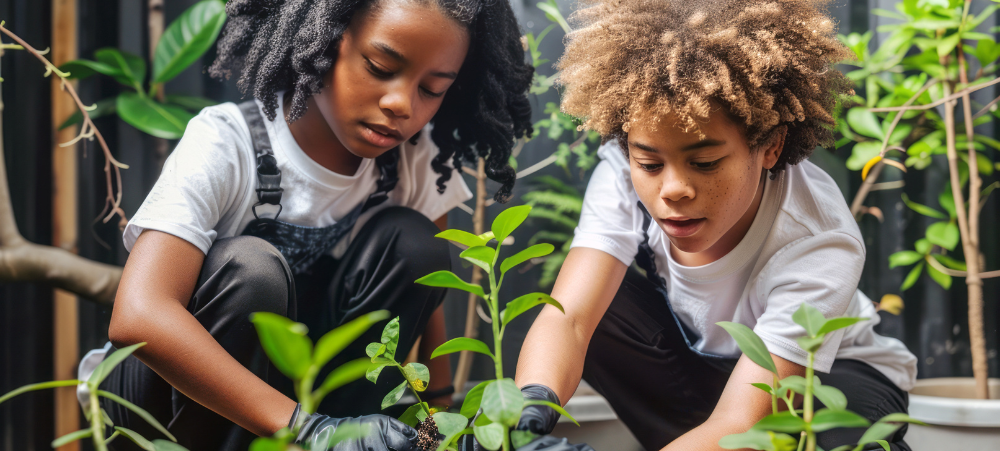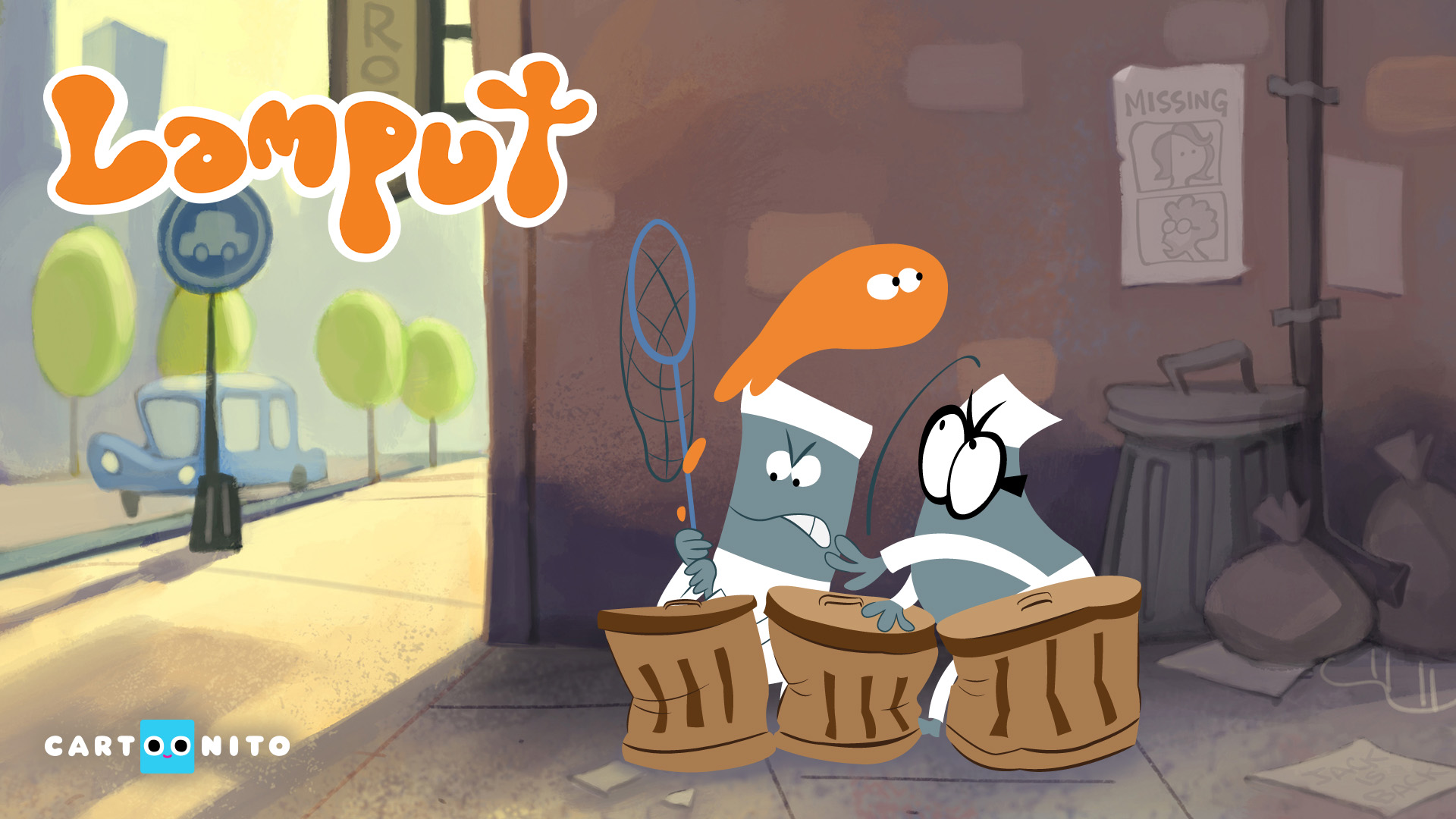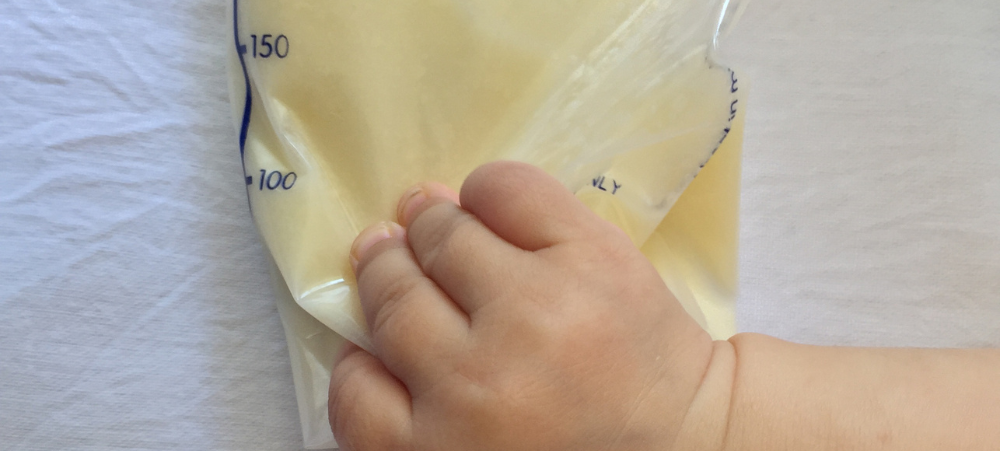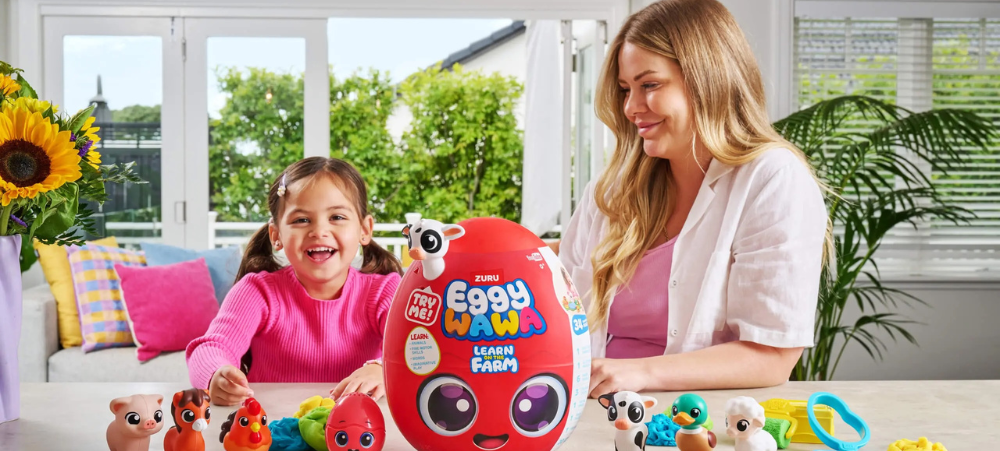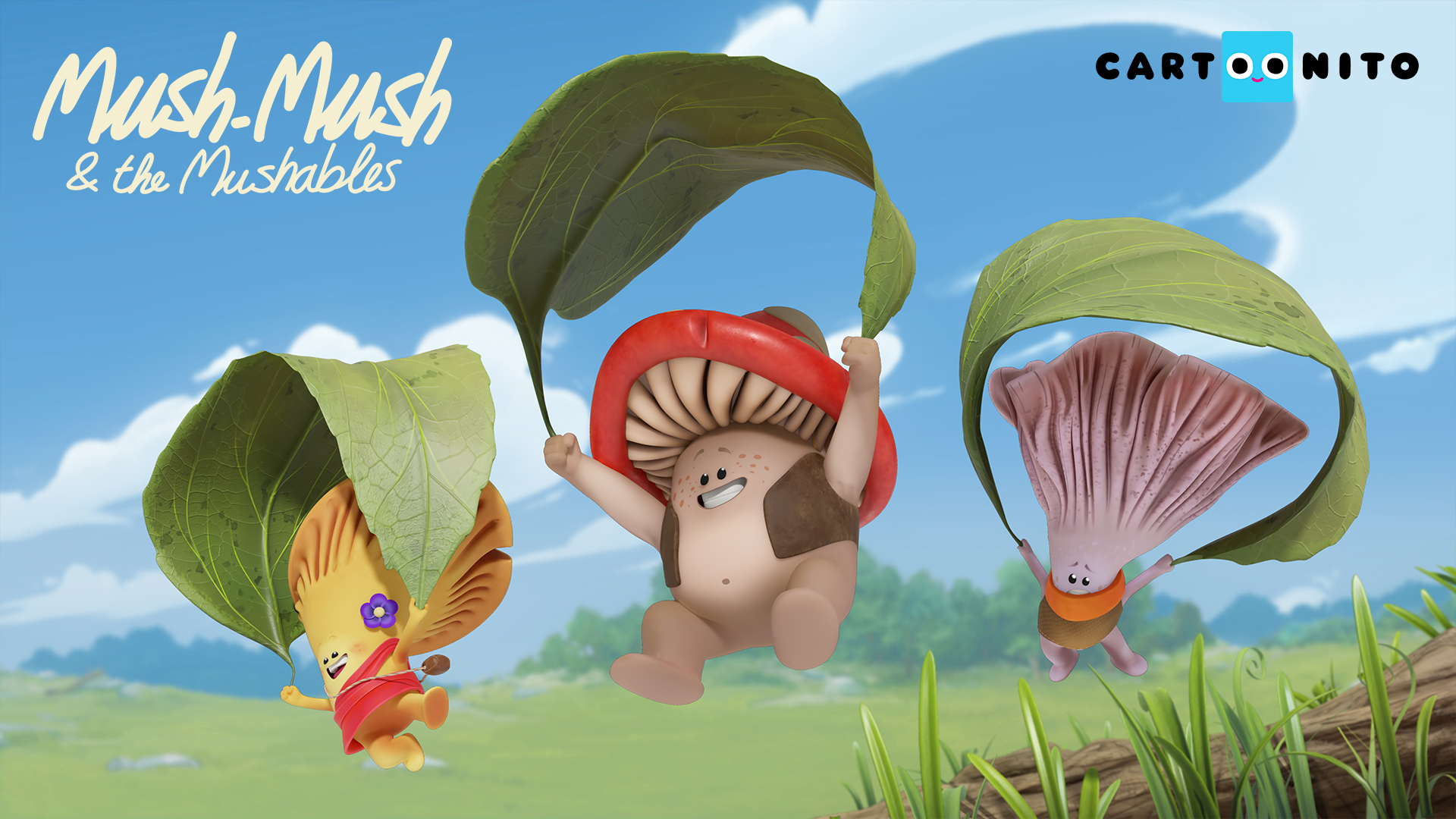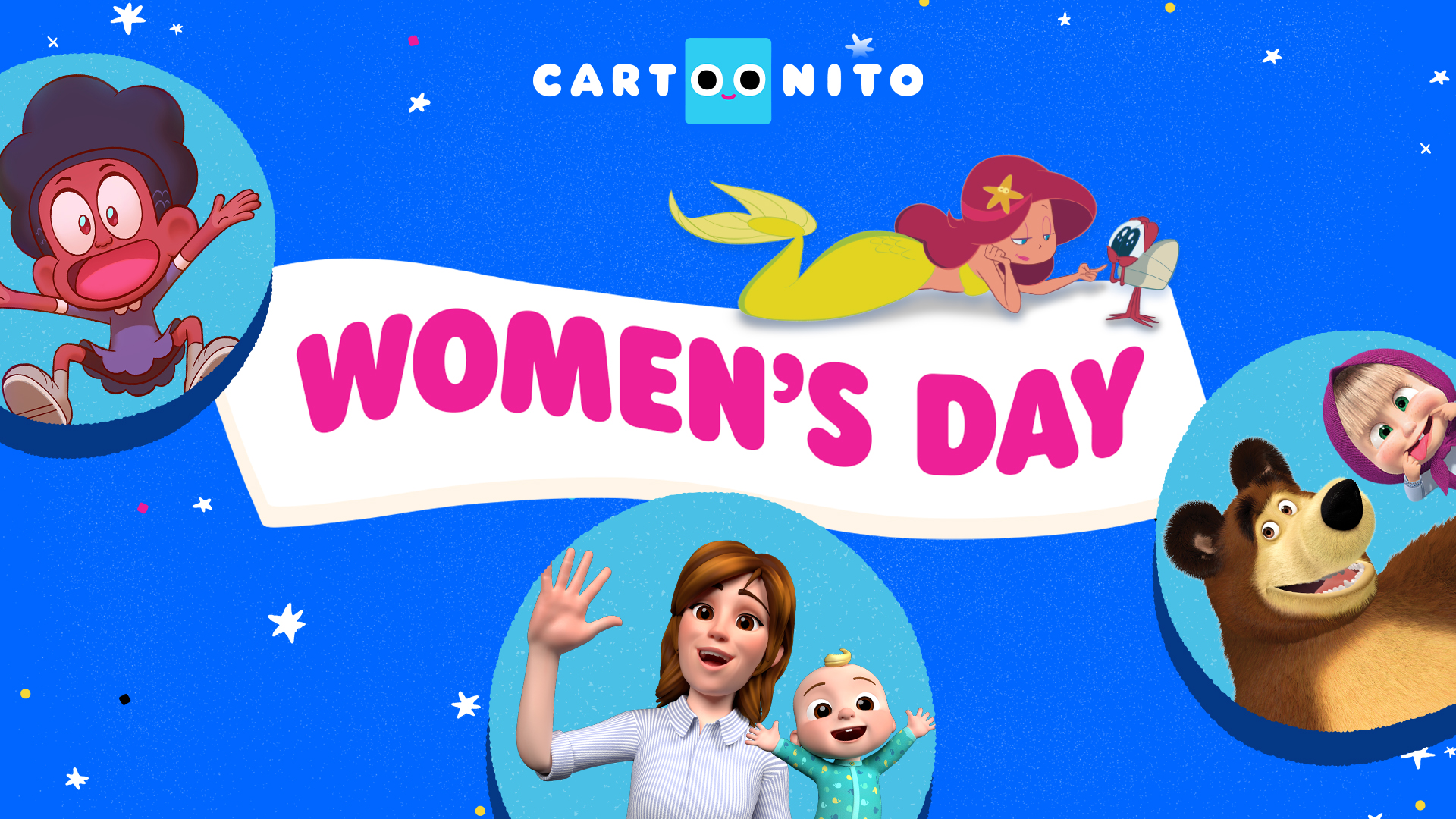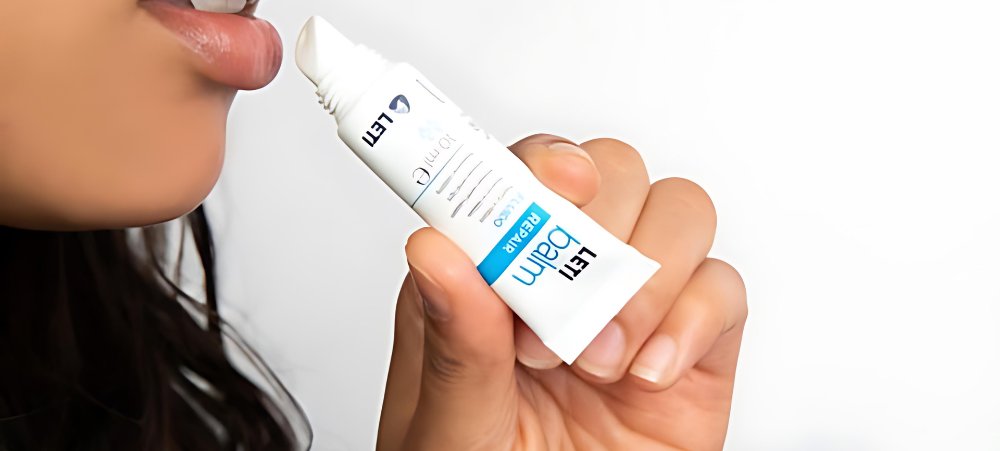
Strokes in children and adults under 45
Strokes, often associated with older adults, can also affect young people. Understanding the causes, risk factors, symptoms and preventive measures is crucial for addressing this serious health issue. It is considered to be an early stroke if the person is younger than 45 – although not as common as older people, about 10-15% of strokes occur in children and adults under 45. Unfortunately, that number is rising. A stroke changes your life in an instant and, although survival rates are high, around two-thirds of stroke survivors live with a disability. Dr Themba Hadebe, Clinical Executive with Bonitas Medical Fund, takes a look at some of the causes and risk factors associated with strokes as well as symptoms, treatment and preventative measures. What is a stroke? There are two main causes of stroke: Ischemic (caused by a blocked artery in the brain) and haemorrhagic (related to bleeding in the brain). A stroke may strike seemingly out of nowhere but, approximately 12% of patients may have only a temporary disruption of blood flow to the brain, known as a transient ischemic attack (TIA) or mini stroke up to 90 days before a full-blown stroke. TIAs may cause symptoms similar to an intense migraine when a clot temporarily blocks a blood vessel but gets dislodged. And a silent stroke? According to Harvard Medical School, ‘A silent stroke refers to a stroke that doesn’t cause any noticeable symptoms. Most strokes are caused by a clot that blocks a blood vessel in the brain, preventing blood and oxygen from reaching that area, resulting in brain cells dying. Depending on the location of the clot, this can cause symptoms such as weakness in an arm or leg, trouble speaking or seeing. Sometimes, the area of damage is small and occurs in a part of the brain that doesn’t control any vital functions, so the stroke remains undetected. Causes and risk factors ‘There are a number of genetic conditions that can lead to a stroke,’ explains Dr Hadebe. Hereditary conditions, such as sickle cell disease or connective tissue disorders Heart problems: Congenital heart defects, arrhythmias or infections like endocarditis Blood vessel abnormalities: Conditions like arteriovenous malformations (AVMs) or aneurysms Blood clotting disorders: These can lead to the formation of blood clots that travel to the brain Infections and inflammatory conditions: Certain infections (like meningitis) or autoimmune conditions (like lupus) can cause inflammation and increase stroke risk Hormonal factors: Use of oral contraceptives, particularly in combination with smoking Trauma: Head or neck injuries can damage blood vessels, leading to a stroke He also lists some lifestyle factors that can add to the risk of having a stroke: Smoking Diabetes High cholesterol Heart disease Alcohol Obesity High blood pressure Lack of exercise Unhealthy diet Drug abuse (especially cocaine and methamphetamines) Signs and symptoms ‘The symptoms of a stroke in young people are similar to those in older adults,’ says Dr Hadebe. ‘In the youngest of stroke patients, congenital heart abnormalities or heart valve problems that lead to clot formation can cause a stroke. Most important is identifying a stroke and getting medical assistance quickly, the sooner you get treatment the better your chances are of survival and making a full recovery.’ He says you need to BE FAST when remembering stroke symptoms. Balance – trouble walking, dizziness or lack of coordination Eyesight changes – trouble seeing in one or both eyes Facial drooping Arm weakness, especially on just one side Speech difficulty – confusion and trouble speaking Time to get to hospital Women may experience other seemingly unrelated signs of stroke, such as difficulty breathing, general weakness, fainting, hallucinations or nausea and vomiting. Treatment for a stroke An IV injection of recombinant tissue plasminogen activator (TPA) is the gold standard treatment for ischemic stroke. It breaks up the blood clots that block blood flow to your brain however, this type of medication must be given within 3 hours after stroke symptoms start. In cases of haemorrhagic stroke, surgery might be needed to repair blood vessel abnormalities. Recovery time Every stroke is different, the quickest recovery takes place in the days and weeks immediately afterwards but can continue for months and years. For all patients, the recovery process involves making changes in the physical, social and emotional aspects of their life. The injury to the brain can lead to widespread and long-lasting problems with rehabilitation and long-term support needed to help regain as much independence as possible. Brain exercises can help survivors regain thinking, reasoning and memory skills. Other activities include eating a heart-healthy diet, getting regular exercise and limiting alcohol consumption. Mitigating the risks A healthy lifestyle – no matter what your age – that includes regular exercise and a balanced diet can certainly reduce, if not minimise, the risk of having a stroke. Dr Hadebe says, ‘Many strokes can be prevented. Make sure you go for wellness screenings to check your blood pressure and cholesterol levels and work with your clinician to control health conditions that raise your risk. Being aware of the symptoms and following a healthy lifestyle can possibly prevent a stroke from happening in the first place.’


